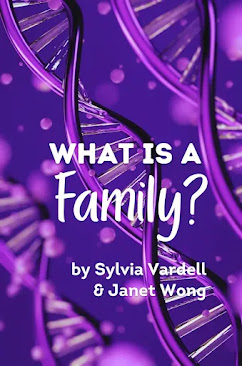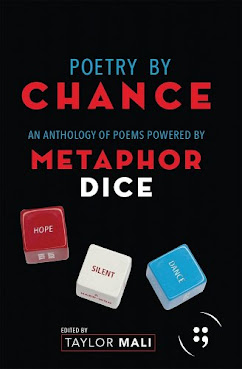I've blogged before about how my novel, Rosa, Sola, was based on personal experiences, experiences I'd never considered writing about until I was working on my MFA at Vermont College. I don't want to bore our long-time readers by repeating that story. (If don't know it, you can read this blog post from 2010.) Instead, I'd like to share a bit about the inspiration for the first children's short story I ever had published, which appeared in the August 1999 issue of Pockets magazine.
I've talked before about why I think Pockets is a great market. One of the reasons is that their theme list is posted online, along with submission deadlines. That theme list inspired me to write a story specifically for them.
The theme I chose to address was discrimination. On reading that word, the first ideas that came to mind had to do with discrimination based on race or some other physical trait. But the magazine's theme description encouraged writers to think beyond the obvious forms of discrimination. That's when I turned to real life for inspiration.
At that time, my husband helped out with a ministry at our church that picked up surplus items from a local Hostess Foods thrift store to share with the needy. My husband's assignment was to bring the extra bread, fruit pies, and Twinkies to a nearby youth home/correctional facility. One day, the box of surplus food he picked up consisted almost entirely of Twinkies. When he carried the Twinkies into the youth home, one of the kids said, "Hey, look. It's the Twinkie Man!" That soon became my husband's nickname at the facility.
The children there began to look forward to my husband's visits. One day, as he dropped off another box of goodies, one of the boys in the home asked my husband to pray for him. When my husband came home and told me that, my heart went out to the boy. Before that request, I hadn't thought much about what it was like for the children in the facility. Part of me assumed that the kids sent there had to be "bad kids." For the first time, I realized that they were simply kids that had made bad choices. They were no different from my own son, who was around 10 years old at the time.
My son occasionally went with my husband to the Hostess thrift store to help him load up the food. Because of the correctional facility's rules, my son wasn't allowed to go into the facility with my husband. But I began to wonder: What if he was allowed inside? What if he looked down on (in other words, discriminated against) the kids there and thought he was "better than they were." And what if a boy incarcerated there had surprised my son by asking him for prayers?
The answers to those questions became the inspiration for my short story, which I called "The Twinkie Man." It's about a boy who helps his father make deliveries to a youth home and learns that the kids there are really no different than he is. I was happy and honored to have Pockets magazine accept the story for publication. However, I was a bit disappointed when they changed the title to "The Cupcake Man." That just doesn't have the same ring to it. J
The first paragraph of the published story reads:
They call my dad the Cupcake Man. It's not because he likes cupcakes. I've never even seen him eat one. He got the name because of his volunteer work.(See what I mean about the title change--the third sentence would be more believable--and entertaining--if it was referring to Twinkies and not cupcakes!)
I want to emphasize that, even though I based this story on real-life events, I never would have written it at all if not for the theme idea and deadline set by Pockets magazine. So I'm as grateful to the magazine editors as I am to my husband, the original "Twinkie Man," for inspiring my story. And, like Mary Ann, I continue to take note of interesting and unusual dialogue, characters, and settings I encounter that may help shape and inspire my fiction.
Don't forget--time is running out to enter our giveaway for a chance to win one of two copies of Esther's terrific new board book, Txtng Mama Txtng Baby. See her blog post for details.
And when you're finished entering the giveaway, head over to check out the terrific Poetry Friday round-up at Steps and Staircases.
Happy writing!
Carmela












4 comments:
I volunteer at a local food bank and pick up bread and pastries at a fast food restaurant called Raisin Cane's and at Starbucks once a week. This ministry is important to me. My first young readers novel has bits and pieces of various characters I have met there. What's great about fiction is you can take those real life experiences and embellish them, tweak them so to speak, to make an authentic story. Thanks for the reminder.
Thank YOU, Margaret for sharing this with us, and blessing to you in your volunteer work.
Carmela, I love this story! On DOOL, we cannot use trademarked product names, either. I wanted to say Cinnabon so badly a few weeks ago -- "cinnamon roll" doesn't have quite the same ring. Thanks to you and Margaret for the public service inspiration!
JM, I completely agree--"cinnamon roll" is not the same as Cinnabon. Oh, well.
Post a Comment